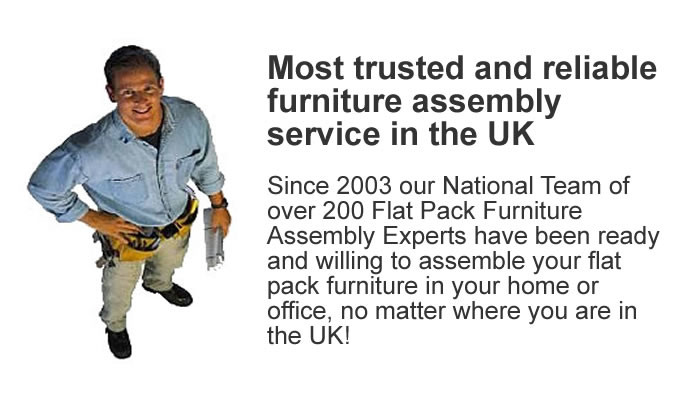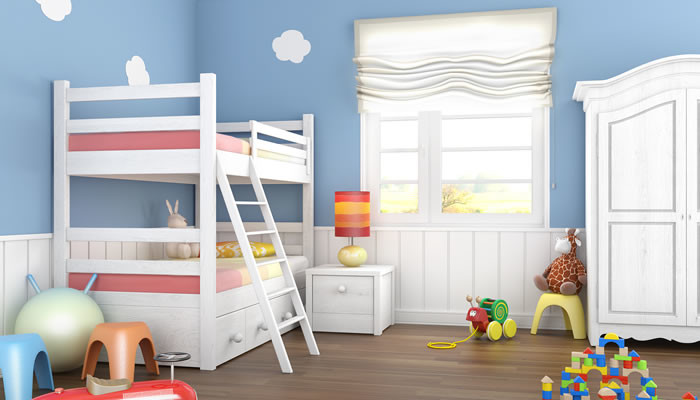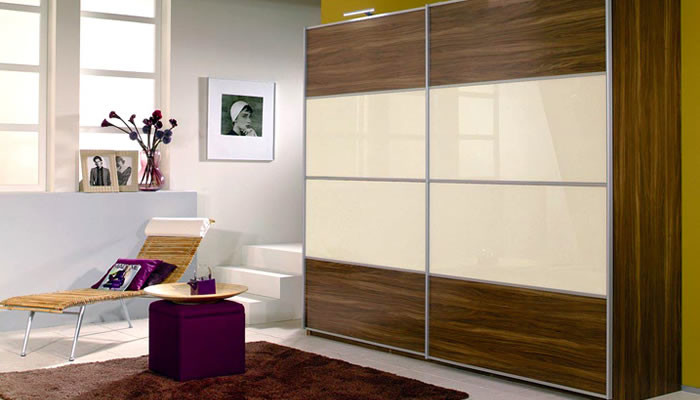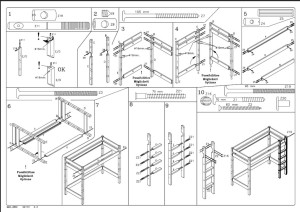Ready-to-assemble furniture (Flat pack Furniture) was first invented by Gillis Lundgren, who was a Swedish draughtsman. Lundgren developed the idea when he needed to fit a table into his car. According to reports, Lundgren broke the legs off his table so he could fit it in the car and then reassembled the table at home. He then discussed the idea with his employers at IKEA. The company later built its entire business around the concept, launching its first piece in 1956.
Flat pack furniture is furniture which is made-up in flat parts and designed to be rapidly and easily assembled. It is also sometimes called knock-down furniture or ready-to-assemble furniture. It is advantageous because it is enormously space resourceful thus saves important amounts of money by lowering shipping and storage costs.
Building flat packed furniture is another one of those chores that people forget how frustrating and time consuming it can be until they start doing it again. Constructing flat packed furniture can often take much, much longer to build than anticipated.
Common complaints from flat pack builders are things like:
- Frustratingly designed instructions.
- Ending up with spare parts that leave people unsure as to whether they have built it properly.
- The furniture is often wobbly and lacking sturdiness when built.
- The issue of how the furniture looks and functions after the construction is done – doors can often look misaligned and draws do not function properly which leads to,
- More of your precious time being wasted on researching and rectifying the issues.
Designers of flat pack furniture typically create furnishings that are very easy to mass produce. Most companies also pre-drill holes and does other preparation work so that consumers can fit the pieces of the furniture together with minimal work. The furniture is packaged with all of the hardware and tools necessary to assemble it, along with assembly directions. These directions are rather notorious in some circles, as they typically include vague illustrations and poorly worded sentences, forcing consumers to puzzle out the assembly of the furniture on their own.
Then there’s also the matter of what it looks like when you’re finally done. Too often there’s an extra bolt or screw left unused or even missing or the frustration after hours of work that the chest of drawers you assembled don’t quite open and shut as they should.
How to Build Flat Pack Furniture
Following are some instructions to build the flatpack furniture:
- Never start a DIY project if you’re working against the clock. You want to set aside at least twice as long as the instructions recommend so you aren’t in a hurry to finish it, because a hurried job will inevitably be a botched job.
- A rookie mistake is to build your new piece of furniture where you have the space, rather than in the room where it’s going to be living. You don’t want to end up with a wardrobe in your dining room that’s too heavy to shift.
- Two pairs of hands are faster than one, especially if your flat pack furniture is cumbersome. Having someone else double-check the instructions and hand you the right screw will save you time and help avoid mistakes.
- Make space and then carefully lay out every single piece from the flat pack, ensuring no screws lie lurking at the bottom of a box. This will save loads of time later.
- Count the number of pieces you have and then double-check them against the instructions to ensure nothing is missing. You don’t want to get halfway through only to realize you’re missing that one vital screw or piece of timber.
- You won’t want to get to a crucial step in the instructions and realize you don’t have the correct drill bit to complete the job, so before you begin, make sure you have all the right tools handy.
- Line up your pieces before you begin so you know which bits go where and which way around they face. Once you’ve tightened screws and nails it’s a big time-waster to have to unscrew them again if you’ve attached them the wrong way around.Once your item is assembled, test it for strength before you place all your weight on it. A loose screw or a badly drilled hole could result in injury or damage to your new furniture.
Most people are capable of building flat packed furniture but the issue is whether you really want to waste time and energy doing it yourself when for a small fee you can hire someone to do it for you.







